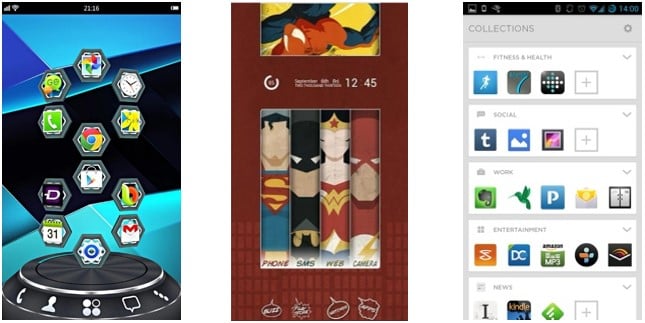
The STL Partners Digital Investment Database: August 2016 Update
STL Partners published the inaugural version of our Digital Investment Database in early July, and we’ve now issued our first update, including a brief overview of Softbank’s acquisition of ARM and Verizon’s purchases of Yahoo! and Fleetmatics.

